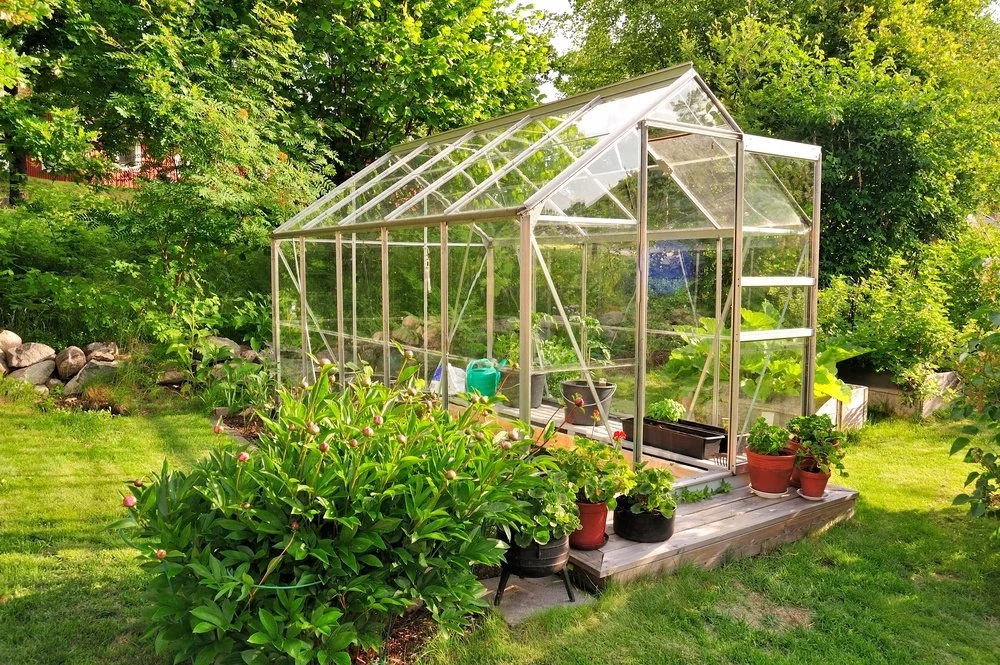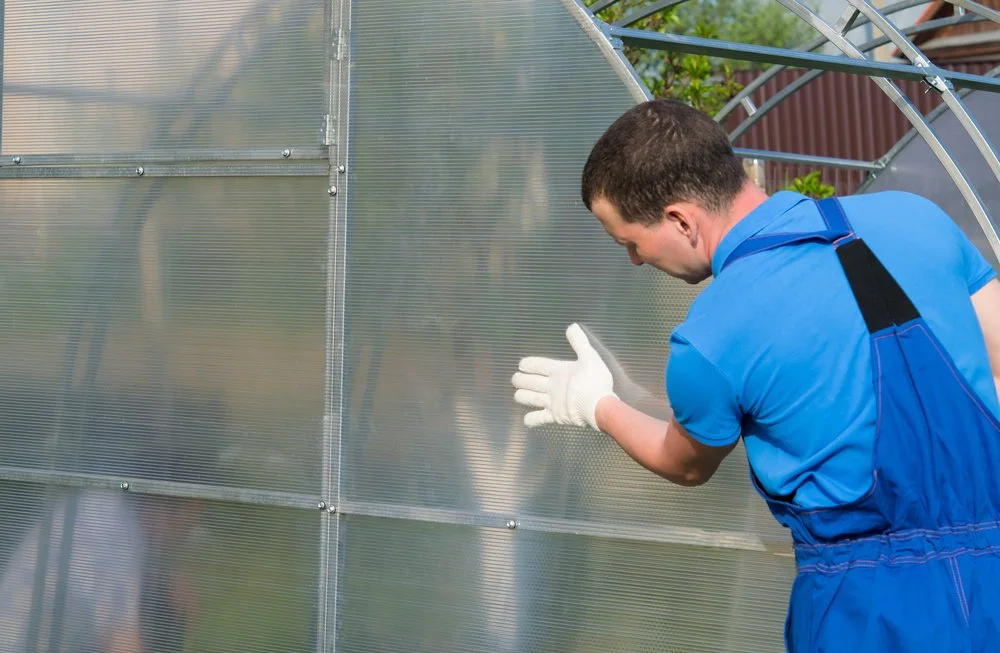A Newbie’s Guide To Setting Up A Beautiful Greenhouse
RH Business Marketing Solutions
Growing your own plants, fruits, and vegetables right in your backyard can be fulfilling and life-changing. It’s also a great pastime, especially for those with a green thumb. In that case, you might want to consider building a greenhouse. But what is a greenhouse, anyway?
A greenhouse is a structure for growing fruits and veggies in a controlled environment at any time of the year. It’s built with transparent walls and a roof that allows sunlight to penetrate inside the structure.
Also, a greenhouse may have some additions to keep the plants healthy and let them grow into the best they can be. These may include water sprinklers, heating pads, greenhouse fans (for air circulation), and sun lamps.
The idea of setting up a beautiful greenhouse at home is already rewarding. However, the building process of one can be daunting and overwhelming, especially for beginners like you. But don’t worry; you’re on the right page.
In this article, you’ll discover everything you need to know about building a greenhouse, from its types to the types of plants to grow.
What Are The Types Of Greenhouse?
Greenhouses come in different types and styles. These include freestanding, attached or leaning, wooden, and cold frames.
Freestanding: A freestanding greenhouse is a separate structure that’s sturdy enough to stand on its own. It comes with a door for you to enter and walk around. However, it’s more expensive and difficult to build compared to other types of greenhouses.
Leaning: A leaning greenhouse is a greenhouse attached to the wall of a house. It can be a window box or a building similar to a toolshed. It’s also less expensive to build as you only need three walls instead of four.
Wooden: A wooden greenhouse is low-cost, aesthetic, and easy to build. These features make it a good option for homeowners who want to save time and money. However, it’s susceptible to damage from pests and moisture, which can lead to higher maintenance costs.
Cold Frame: The cold frame is the simplest and cheapest greenhouse you can ever build. It’s a small rectangular planter with a transparent roof hinged to it. Many home gardeners use a cold frame to protect their plants from cold winds, especially during winter.
When shopping for a greenhouse, select one that suits your needs and the plants you want to grow and produce. Carefully select the material, size, shape, and design that would be best for your plants. If you don’t have time to shop for greenhouses physically, consider browsing the internet and looking for reputable online shops like Sproutwell Greenhouse.
What Are The Plants You Want To Grow?
Before you think of other factors when setting up a greenhouse (temperature, location, etc.), ensure to identify the plants you want to grow. You won’t be able to determine the essential factors your greenhouse needs if you have no idea what plants to produce.
Every kind of plant requires different needs to flourish. Some plants may require a high amount of sunlight and water, while others may not. So, be knowledgeable about the growth requirements of every plant you want to grow to build a house that’s right for them.
Here are the plants you may consider growing in a greenhouse:
Arugula
Cabbage
Lettuce
Tomatoes
Carrots
Onions
Peppers
Garlic
Sunflowers
Potatoes
Does Your Greenhouse Need To Be Heated?
If your location experiences extremely low temperatures, your greenhouse will need a heating device to keep the plants warm during cold months. It is especially essential if the plants you want to produce can’t survive the freezing climates.
For starters, an electric greenhouse heater is highly recommended. It’s practical, low-cost, and easy to install. Its sizes may vary depending on the size of a greenhouse—see the guide below, and ensure it has a thermostat so you can easily control the heat inside the greenhouse.
For small greenhouses, you may use a 120-volt heater.
For bigger greenhouses, you may use a 240-volt heater.
What Is The Purpose Of Ventilation In A Greenhouse?
Proper ventilation is crucial to any greenhouse, regardless of how small or large it is, and it’s most useful during hot climates. It will help hot air to escape and allow fresh air to enter, preventing stagnant air that may cause growth problems to your plants.
Controlling ventilation and air circulation is most difficult during colder months. But without it, mold may destroy your crops and ruin your health. To prevent this, you may use an oscillating fan. Also, make sure not to overwater your plants to avoid mold growth.
Final Words
A greenhouse is a controlled environment that will help you grow and produce various plants, fruits, and vegetables. Setting up one can be daunting and overwhelming, especially for newbies, but it doesn’t have to be. With proper knowledge, you’ll be able to build a beautiful greenhouse you and your plants will surely love.

